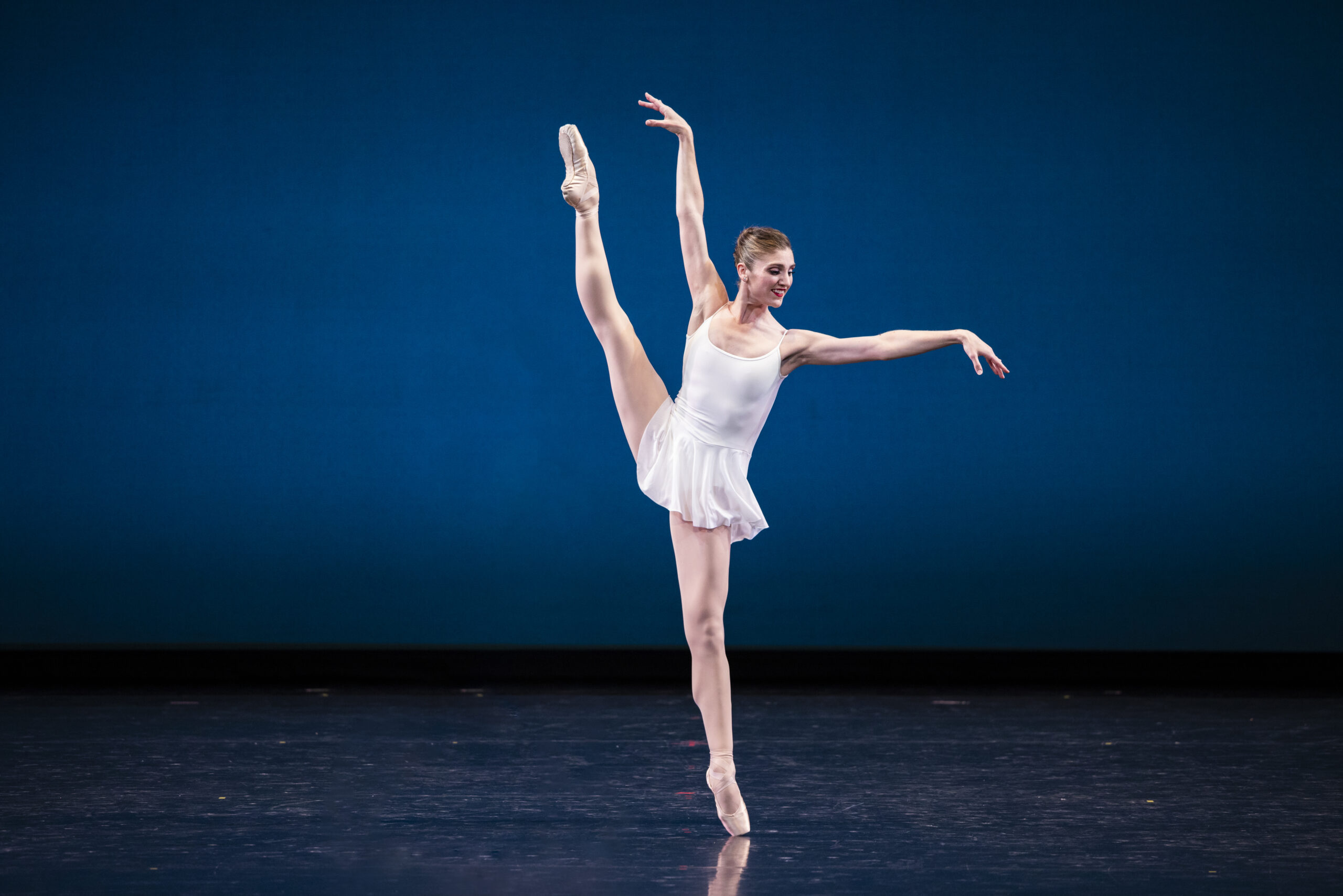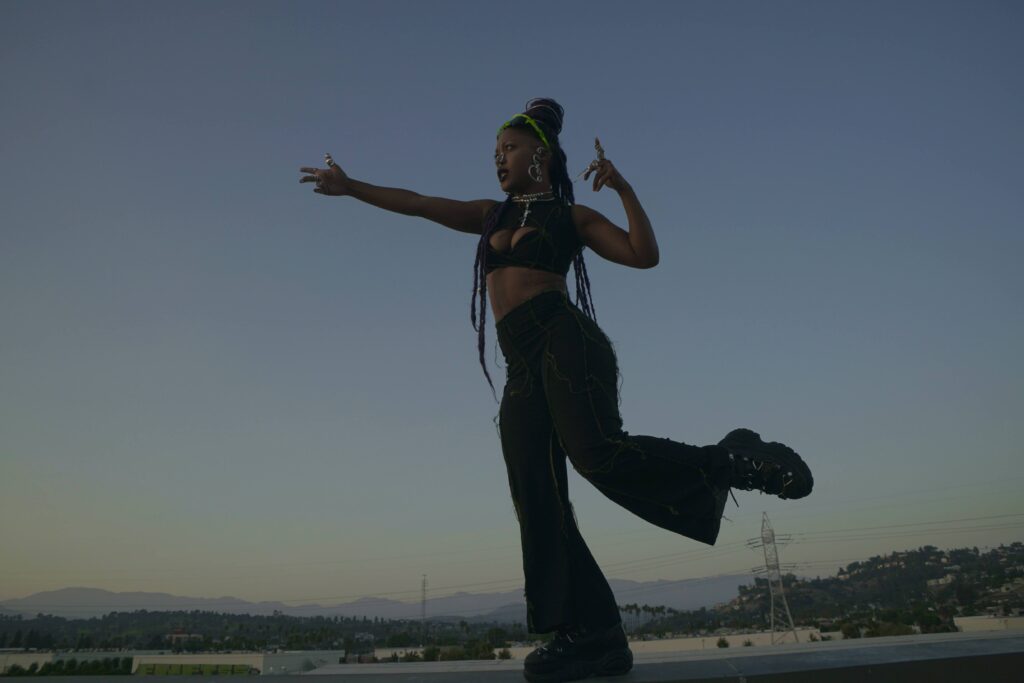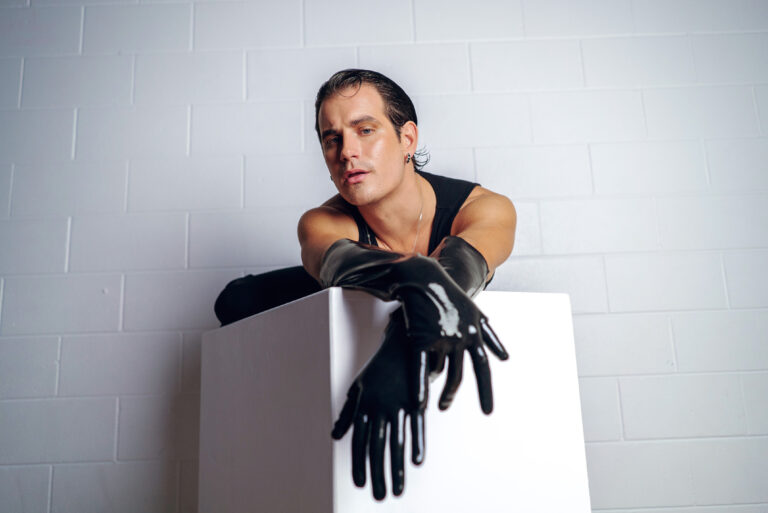
When students are focused on mastering a complex bit of footwork or nailing a turn or jump combination, the arms can sometimes feel—and look—like an afterthought. But in performance, the way a dancer presents to the audience is often heavily reflected in the upper body, making an intentional and expressive use of the arms a vital skill.
“Your arms frame your face, they finish the line, they’re the final touch,” says Ballet West principal Emily Adams.
Develop the Foundation
Before jumping into a new skill with your students, it’s important to make sure they have the technical and physical foundation to support that skill. Antonina Skobina, a ballroom dancer who performed with her partner Denys Drozdyuk on Seasons 1 and 2 of NBC’s “World of Dance,” suggests beginning class with a warm-up focused on the arms.
“For the dancers who are wanting to improve this area, I would suggest putting a little more attention into warming up and awakening all these joints, like the shoulders, the elbows, and the wrists,” she says. “Go through the movement, just the same as you would do with the legs.”
Soraya Lundy, a New York City–based hip-hop and commercial dancer and choreographer who has worked with artists including Janet Jackson, Missy Elliott, and Cardi B, adds that it’s important for students to develop an idea of where their arms are in space, so they can place them accurately and precisely while performing. She recommends teaching isolations focused on each joint in the arms “so [they’re] aware of the distance from [their] hands to their shoulders.”

Go Beyond Technique
While it’s important to home in on technique and placement when teaching arm movements, it’s also equally necessary to emphasize the other, more artistic, nuances.
Lundy recommends highlighting dynamics with your students. Talk with them about which movements require more energy or force and which can take on a softer or smoother cadence. “A tip that I often tell dancers is that if you’re doing gestural movements, that doesn’t require so much energy or tightness,” she explains. “Then if I’m hitting the drums or the bass or something, I want to hit really precisely and strong and sharp.”
Adams adds that it’s important to teach fluidity and coordination with the arms, so students don’t develop a stiff movement quality while moving from position to position. “I think students, oftentimes, get really fixated on the pictures that we’re supposed to be making,” she says. “It can often become robotic, and I think that’s the opposite of expressiveness.”
She recommends encouraging students to avoid staring in the mirror during class. Prompt them to instead develop full-body coordination by following the arm motions with movements of the head and neck.
Channel Character
When the technical and artistic foundations for expressive arm movements are in place, give students a chance to play with this skill to begin to explore their own artistry. Drozdyuk recommends using a structured improvisation exercise to introduce this idea. He suggests providing students with a few descriptive words or images to interpret through movement.

“When they move their arm, even if it’s a technical arm, they can move it with a different quality that they decide, so they don’t look like their neighbor,” he says.
Adams adds that sometimes nerves can make it difficult for a dancer to connect with the way they can use their upper body for storytelling. She recommends encouraging your dancers to use breath to cultivate the energy of the piece or character, which will make accessing arm expressivity easier onstage. For example, if Adams is dancing in the “Emeralds” section of Balanchine’s Jewels, she tries to cultivate a more meditative state.
By building on a solid technical foundation and providing the tools for students to explore artistry, young dancers will gain the knowledge and skills to use their arms to signal character, intent, and feeling.
“It’s easy to think of your arms as an accessory, but your port de bras is such an integral part of technique,” Adams says, adding, “once you get the strength and the technique, your arms can elevate your dancing artistically.”
To watch a video tutorial on teaching your students to use their arms more expressively, click here.





